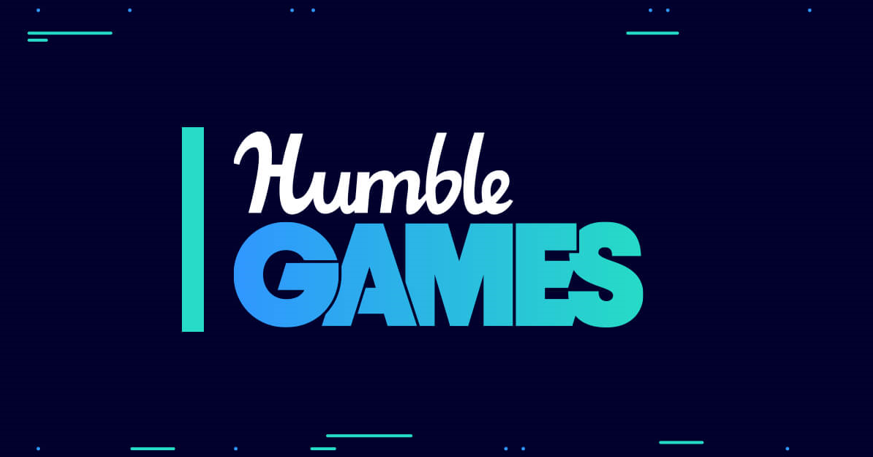Accessibility In Games: A Casualties Of Industry Downturn?

Table of Contents
Budget Constraints and Accessibility Feature Development
Reduced budgets directly translate to fewer resources allocated to accessibility features. This has far-reaching implications for the gaming community. The development of truly inclusive gaming experiences requires significant investment.
- Fewer developers dedicated to accessibility programming: Specialized skills are needed to create effective accessibility features, and these roles are often the first to be cut during budget cuts. This leads to fewer experts working on accessibility solutions and a slower pace of innovation.
- Less time for testing and refining accessibility features: Thorough testing with diverse players is essential to ensure accessibility features are effective and inclusive. Budget cuts often mean less time for this critical phase, resulting in less polished and potentially buggy accessibility options.
- Prioritization of core gameplay over accessibility enhancements: When budgets are tight, developers often prioritize the core gameplay mechanics over peripheral features, even if those features are crucial for accessibility. This can lead to the deferral or outright removal of accessibility improvements.
- Limited scope of accessibility features due to budget limitations: Developing extensive accessibility support, including things like fully customizable control schemes, robust subtitle options with speaker identification, and sophisticated audio descriptions, is costly. Budget restrictions severely limit the range and depth of accessibility features that can be included. For example, implementing full controller customization might cost significantly more than simply providing basic subtitle options. The cost of developing high-quality audio descriptions, a critical component of visual accessibility, can also be substantial.
The Impact on Different Accessibility Needs
The impact of budget cuts is not uniform across different accessibility needs. Certain groups may face disproportionately reduced access to gaming.
- Visual impairments: Reduced investment in high-quality audio descriptions can significantly impact the gaming experience for visually impaired players. Creating detailed and engaging audio descriptions requires skilled voice actors, meticulous planning, and significant development time.
- Auditory impairments: Fewer robust subtitle options, or a complete lack of sign language integration, make games inaccessible to many deaf and hard-of-hearing gamers. Accurate and comprehensive subtitles go beyond simply transcribing dialogue; they also include important sound effects and environmental cues.
- Motor impairments: Limited support for adaptive controllers or alternative input methods, such as eye-tracking technology, directly excludes players with motor disabilities. Investing in compatibility with these specialized controllers often involves additional programming and testing.
- Cognitive impairments: Less attention to features like simplified user interfaces (UI), adjustable difficulty levels, and clear in-game instructions impacts gamers with cognitive impairments. These features require careful design and testing to be both effective and accessible.
The Long-Term Effects on Player Inclusivity
Neglecting accessibility features has serious consequences extending far beyond the immediate game.
- Exclusion of significant portions of the gaming community: Failing to consider accessibility impacts a vast and increasingly important segment of potential players. This exclusion restricts market reach and limits the potential audience for any game.
- Negative impact on player satisfaction and reviews: Players with accessibility needs who encounter significant barriers will express their frustration through negative reviews and feedback. This impacts the game's reputation and sales.
- Damage to the game's brand image and potential loss of revenue: A reputation for being inaccessible can deter potential players and harm the brand's overall standing in the market, ultimately resulting in financial losses.
- Missed opportunities for market expansion and increased inclusivity: A truly inclusive game can reach a far wider audience, creating a more diverse and engaged player base and fostering a more positive brand image.
Potential Mitigation Strategies
Even in challenging economic climates, prioritizing accessibility is achievable. Several strategies can help mitigate the negative effects of budget constraints on accessibility.
- Prioritizing accessibility features early in the development cycle: Integrating accessibility considerations from the outset ensures that features are more easily implemented and less likely to be cut later due to budget limitations.
- Exploring cost-effective accessibility solutions: Utilizing open-source tools, collaborating with accessibility experts who volunteer their time, and adopting agile development methodologies can significantly reduce development costs.
- Collaborating with accessibility experts and advocacy groups: Working with accessibility experts and advocacy groups can provide valuable insights and support, ensuring effective and inclusive accessibility feature implementation.
- Seeking funding and grants specifically for accessibility initiatives: Many organizations offer grants and funding specifically for accessibility initiatives in the gaming industry, offering an important resource to aid in development.
Conclusion: Ensuring Accessibility in Games Remains a Priority
Economic downturns can significantly impact the implementation of accessibility features in video games, ultimately leading to the exclusion of many players and diminished player satisfaction. However, prioritizing accessibility in game design is not merely a matter of ethics; it's a smart business decision that expands the potential market and improves the overall quality and appeal of the game. We must actively advocate for accessibility in game development, pushing for increased investment and innovative solutions to ensure that everyone can enjoy the magic of gaming, regardless of economic conditions. Let's ensure that "accessibility in gaming" remains a priority – not an afterthought – in all future game development.

Featured Posts
-
 Stock Market Update European Shares Gain Amidst Tariff Relief Talk Lvmh Drop
May 24, 2025
Stock Market Update European Shares Gain Amidst Tariff Relief Talk Lvmh Drop
May 24, 2025 -
 Amundi Dow Jones Industrial Average Ucits Etf Dist Understanding Net Asset Value Nav
May 24, 2025
Amundi Dow Jones Industrial Average Ucits Etf Dist Understanding Net Asset Value Nav
May 24, 2025 -
 Annual General Meeting Of Philips Shareholders Key Announcements And Updates
May 24, 2025
Annual General Meeting Of Philips Shareholders Key Announcements And Updates
May 24, 2025 -
 Trumps Memecoin Event Paid Guests Enjoy Anonymity
May 24, 2025
Trumps Memecoin Event Paid Guests Enjoy Anonymity
May 24, 2025 -
 Kyle Walker And Serbian Models Partying In Milan After Wifes Flight
May 24, 2025
Kyle Walker And Serbian Models Partying In Milan After Wifes Flight
May 24, 2025
Latest Posts
-
 Bianca Andreescu Cruises To Madrid Open Round Two
May 24, 2025
Bianca Andreescu Cruises To Madrid Open Round Two
May 24, 2025 -
 Uspekh Kazakhstana Tretiy Vykhod V Final Kubka Billi Dzhin King
May 24, 2025
Uspekh Kazakhstana Tretiy Vykhod V Final Kubka Billi Dzhin King
May 24, 2025 -
 Kubok Billi Dzhin King Kazakhstan V Finale
May 24, 2025
Kubok Billi Dzhin King Kazakhstan V Finale
May 24, 2025 -
 Italian Open Andreescu Triumphs Over Rybakina In Straight Sets Reaches Round Of 16
May 24, 2025
Italian Open Andreescu Triumphs Over Rybakina In Straight Sets Reaches Round Of 16
May 24, 2025 -
 Andreescu Advances To Italian Open Fourth Round After Straight Sets Win Over Rybakina
May 24, 2025
Andreescu Advances To Italian Open Fourth Round After Straight Sets Win Over Rybakina
May 24, 2025
